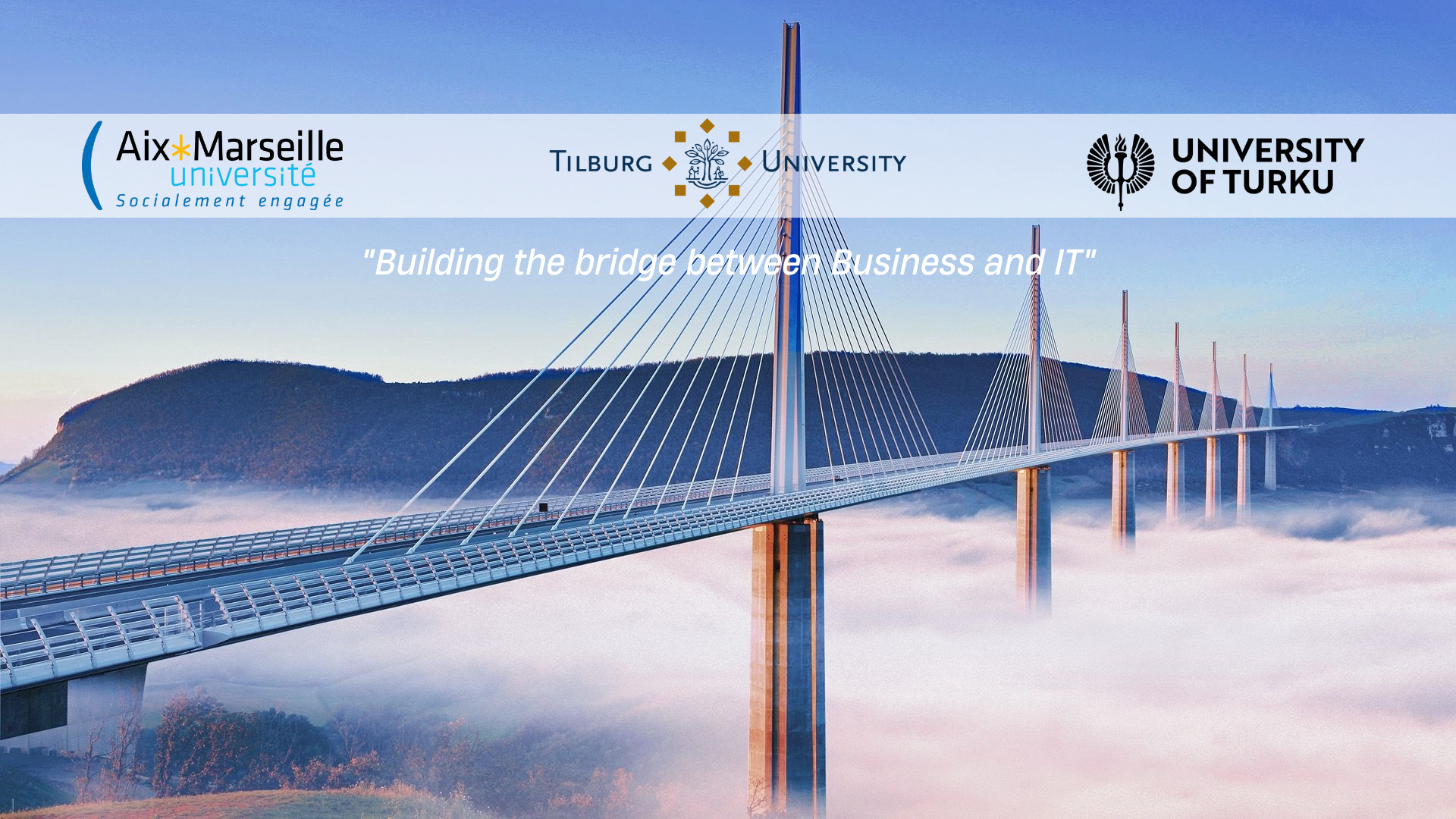Subject: Data Localization Laws
Title: Navigating data localization: A Case Study of Signify’s Compliance with China’s PIPL and Transferable Lessons for India’s DPDP
Abstract:
This thesis investigates how Signify, a multinational lighting corporation, operationalized compliance with China’s strict data localization laws under the Personal Information Protection Law (PIPL) and thereby identifies lessons for India’s emerging Digital Personal Protection (DPDP) Act. Through the use of a qualitative, abductive single case study with semi-structured interviews across Legal, IT and GRC (Governance, Risk and Compliance) departments, the study explores how Signify navigated through these complex regulatory landscapes.
Findings reveiled that while technical compliance was largely achieved due to earlier adaptations to the Chinese Great Firewall, the legal team led the compliance process by employing an external counsel and set standard contract to manage cross-border data transfers.
These processes have not been executed without any complexities. Key challenges emerged around regulatory ambiguity, risk-based decision making, and cross-functional communication gaps. The legal and IT department often struggled with their differences in business language, leading to different interpretations of the compliance requirements, often needing mediation from GRC or another external stakeholder.
This thesis proposes the adaptation of the McKinsey 7S model at a project level to adress these challenges. The McKinsey 7S model is expected to improve strategic alignment and foster a shared language accross departments. This approach thereby aims to transform compliance efforts from reactive siloed responses, into more proactive, structured initiatives which will align operational feasibility with legal obligations.
The findings emphasize that successful data localization compliance is not attributed to legal and technical requirements alone. Strong organizational coordination and clear communication structures are needed as well. By examining Signify’s experience, this study offers a blueprint for multinational companies facing similar regulatory challenges. Giving insights in how structured frameworks and risk-based compliance, through the use of the 7S model, navigate the evolving landscape of data localization laws effectively.
Key words: Data, Data Localization, Data Transfers, Cross-border, China, Framework, McKinsey 7S, model, qualitative study, abductive, case study, semi-structured interviews, Signify, Multinational company
